Royal Enfield is a legendary motorcycle brand that is known for its rich history and outstanding quality. Founded in 1893 in the UK, the brand was originally a bicycle manufacturer, but soon switched to motorcycles. The company motto “Made like a gun, goes like a bullet” reflects the reliability and power of Royal Enfield motorcycles.
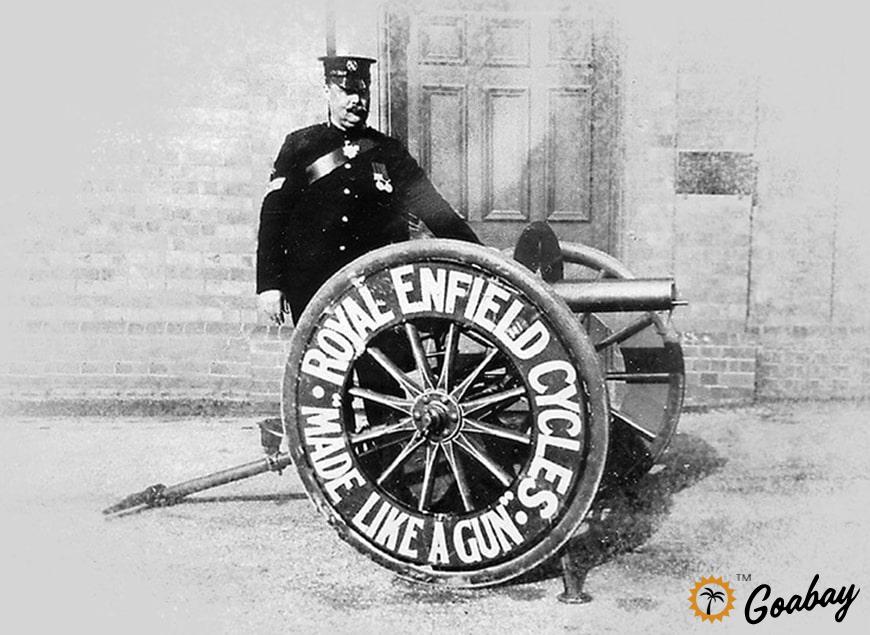
In November 1891, entrepreneurs Bob Walker Smith and Albert Eadie purchase George Townsend & Co. of Hunt’s End, Redditch. Townsend’s is a well-respected needle manufacturer with nearly 50 years of experience that has recently begun manufacturing bicycles.
Early years
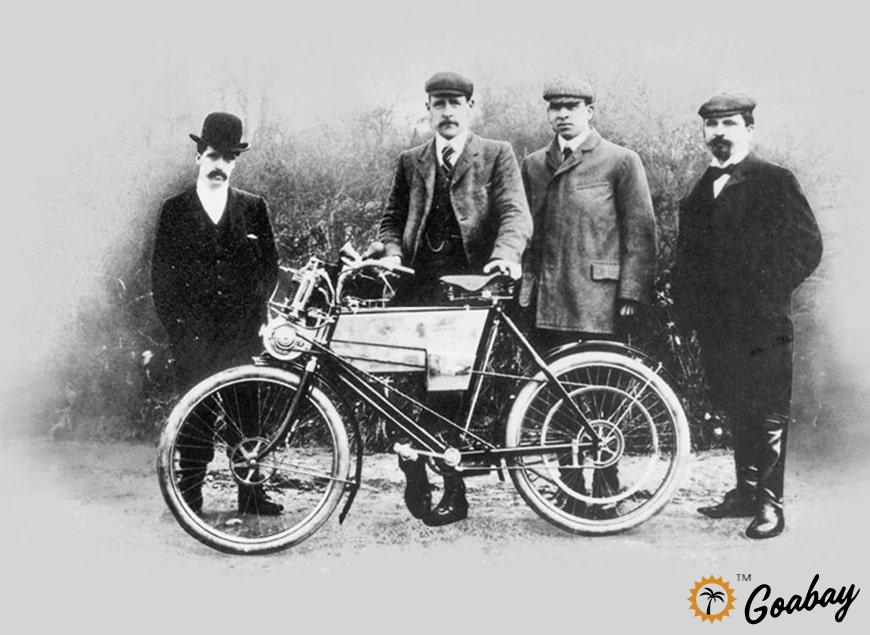
In 1901, Royal Enfield launched its first motorcycle, powered by a 239cc Minerva engine. This model was the beginning of the company’s long journey in the motorcycle world. During the First and Second World Wars, the company produced motorcycles for the British Army, which greatly enhanced its prestige and reputation.
1914. Royal Enfield’s first two-stroke motorcycle goes into production. As Britain is drawn into World War I, production of the company’s largest motorcycle, a 770cc 6hp V-twin, becomes a priority. During the conflict, the company supplies motorcycles to the British, Belgian, French, American and Russian armies.
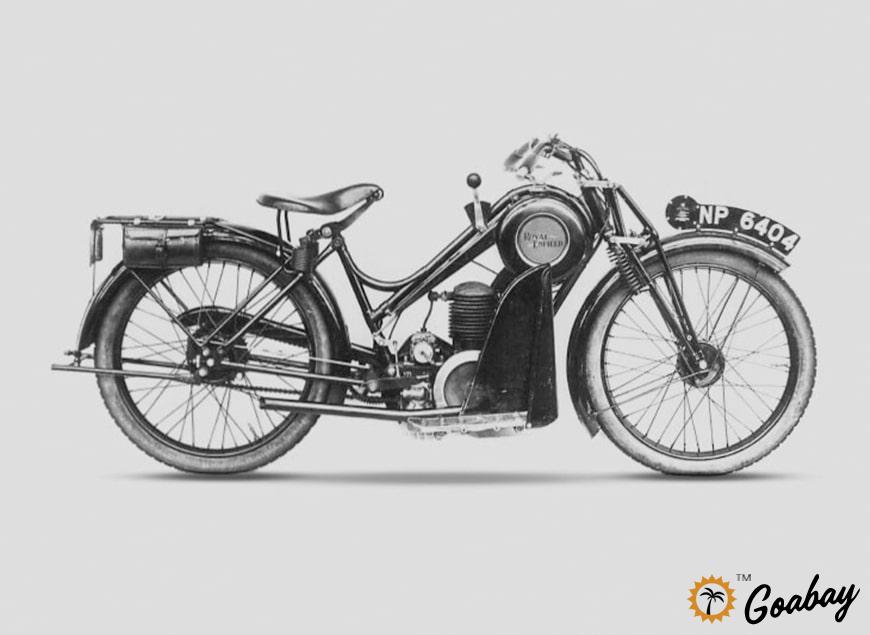
1930. The decade begins with a diverse lineup of eleven models, from the 225cc two-stroke Model A to the 976cc Model K. New 350cc and 500cc machines with side and overhead valves and dry sump lubrication are also introduced.
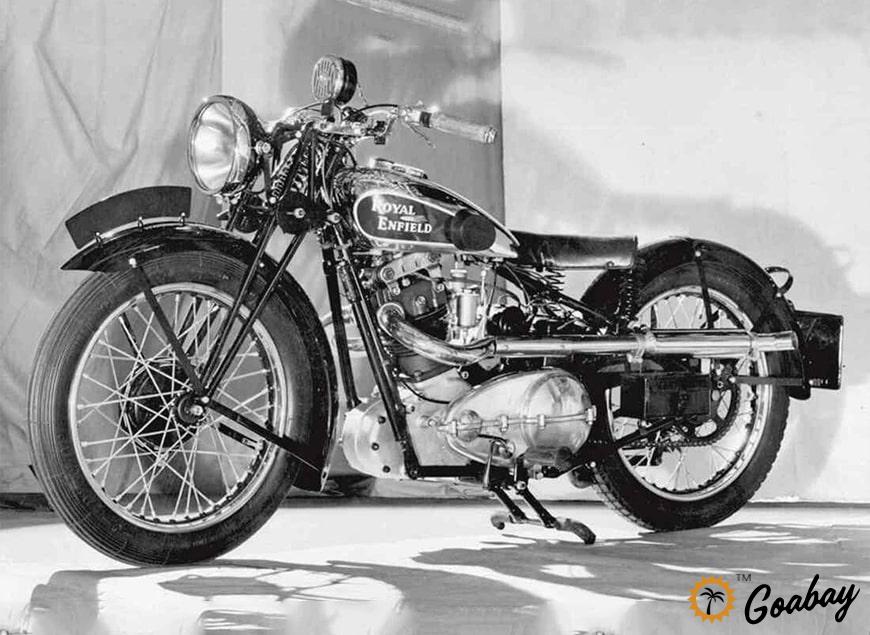
1932. The birth of the legendary Bullet motorcycle. It was first introduced in November 1932 at the Olympia Motorcycle Show in London. Three versions were produced: 250cc, 350cc and 500cc, all with slanted “sloper” engines, twin port cylinder heads, foot shift gears and high compression pistons.
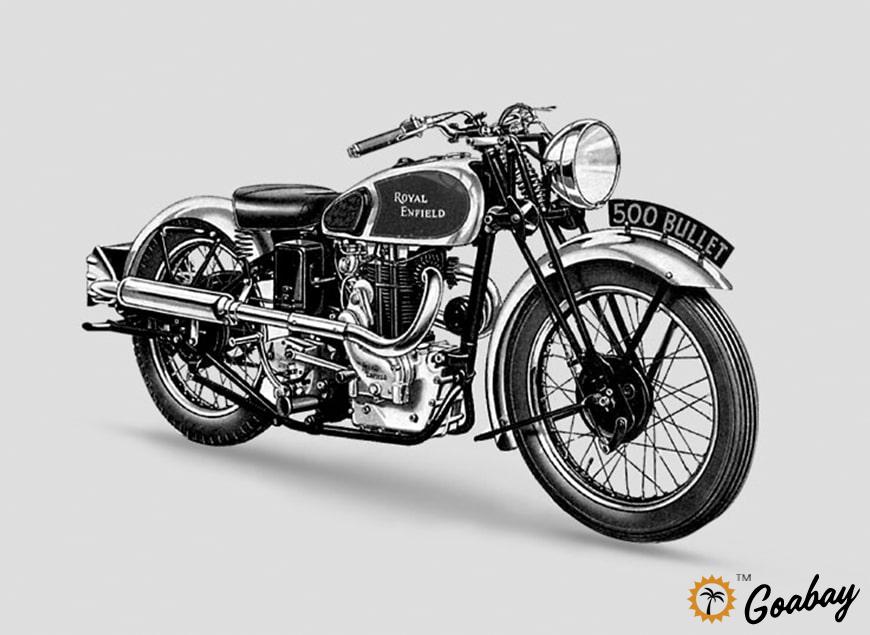
1936. The 500cc Bullet changed radically with the introduction of the JF model. It features a vertically mounted engine with a 4-valve cylinder head. A sporty version with a bronze cylinder head is available by special order.
1939-1945. During World War II, Royal Enfield produced a large number of military motorcycles, bicycles, generators and anti-aircraft units. The most iconic model is the 125cc “Airborne” motorcycle known as the “Flying Flea”. These 126cc two-stroke motorcycles could be loaded into specially made parachute cradles and dropped with paratroopers behind the front lines.
Post-war success
After World War II, Royal Enfield continued to develop and introduced the famous Bullet model, which became iconic. In 1955, the company began a partnership with Indian firm Madras Motors to manufacture motorcycles in India. Soon after, the Chennai factory began producing motorcycles for the Indian market, and Royal Enfield quickly gained popularity among Indian motorcyclists.
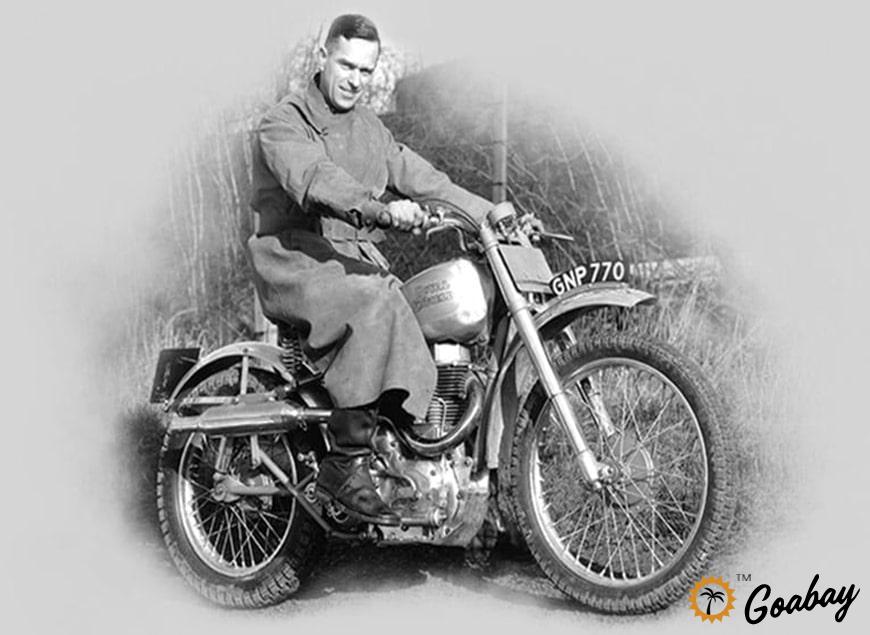
A post-war prototype 350cc Bullet motorcycle with radical oil-damped rear suspension on swing arms is shown at the February 1948 Colmore Cup trials. Two Bullets are part of the victorious British Trophy team in the 1948 International Six Day Trials (ISDT) held in Italy. Both riders win gold medals.
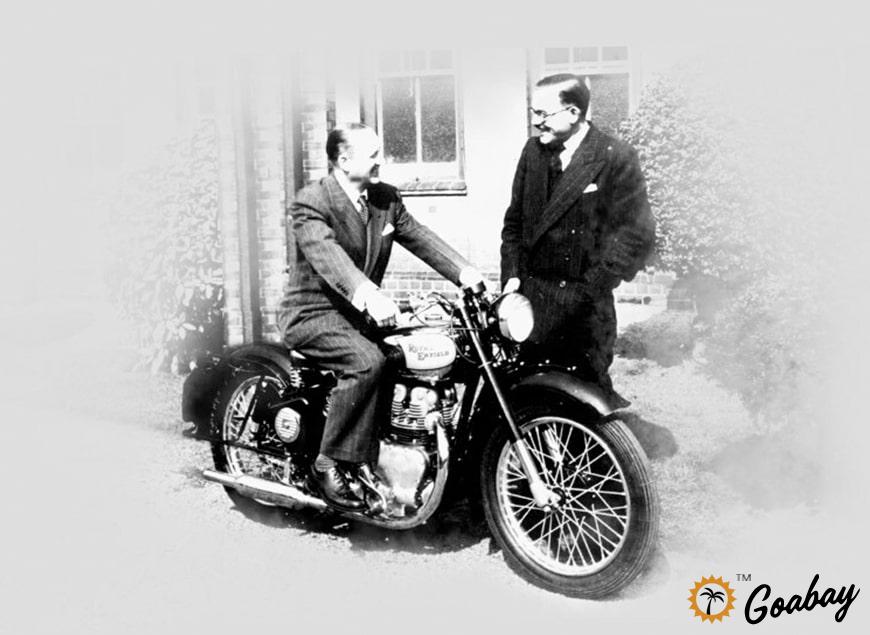
1949. The new 350cc Bullet and 500 Twin models have been introduced in the UK. Both motorcycles share the same frame, swing arm suspension, telescopic front fork and gearbox. K R Sundaram Iyer launches Madras Motors to import British motorcycles into India, including Royal Enfields.
1952. Madras Motors receives an order from the Indian Army for 500 350cc Bullet motorcycles. The motorcycles arrive from Redditch in early 1953 and are a great success, being both rugged and easy to maintain.
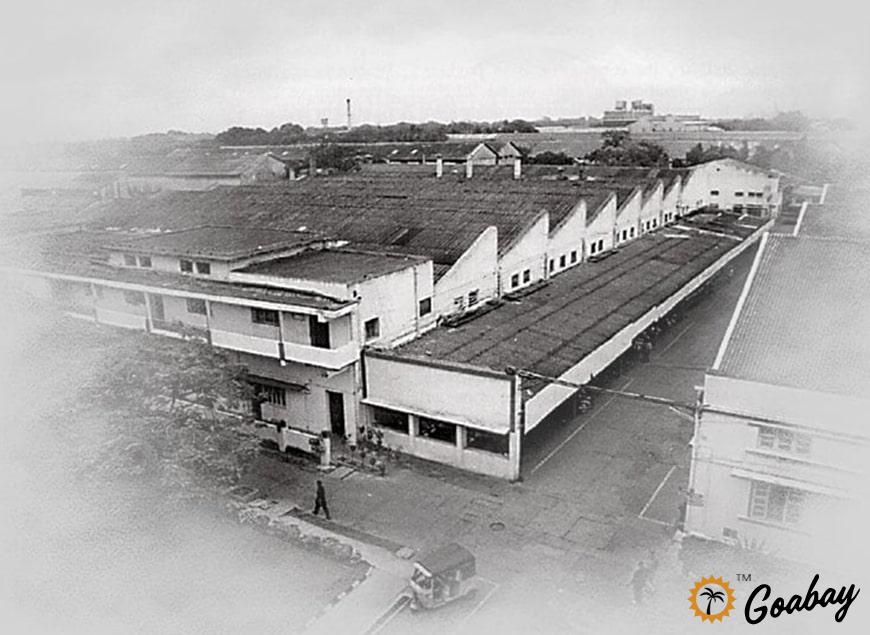
1955. The Redditch company merges with Madras Motors of India to form Enfield India. Construction begins on a special plant at Tiruvottiyur, near Madras.
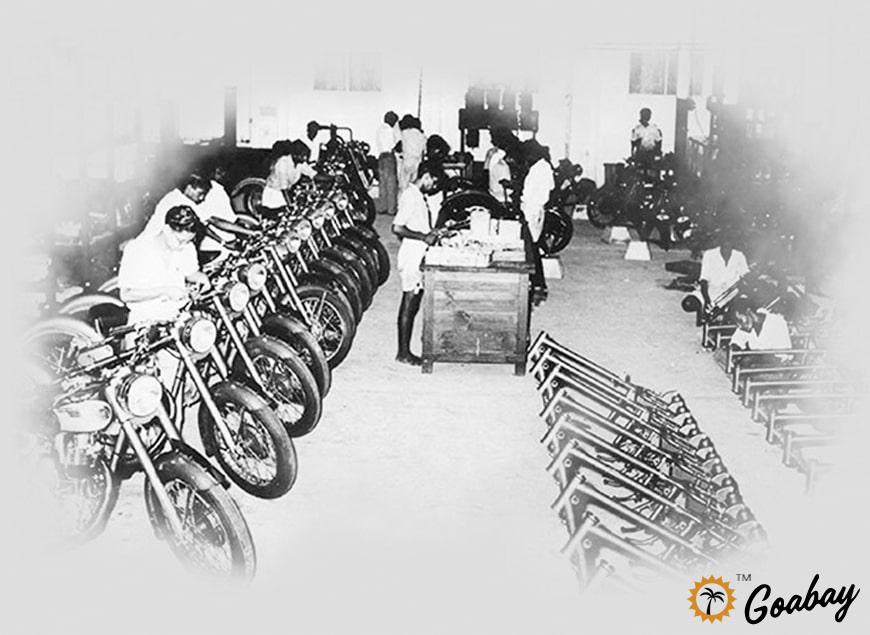
1956. The plant at Tiruvottiyur is opened and production of Bullets begins under license. Initially these machines are shipped from England as kits and then assembled at the Madras factory. A total of 163 Enfield India Bullets are built by the end of the year.

1964. The iconic Continental GT café racer comes to market to great acclaim when a team of journalists drove it from John O’ Groats to Land’s End in less than 24 hours, including 8 laps of the Silverstone circuit. The GT is equipped with a fiberglass racing gas tank, clip-on steering wheel, rear running boards, humpback racing seat, rev counter and exhaust.

1967. At the start of the year, only two models remain in production – the 250cc Continental GT and the 736cc Interceptor. The Royal Enfield plant in Redditch closes and the site is sold to developers. Interceptor production continues at Enfield’s underground factory at Upper Westwood, near Bradford on Avon, until its closure in June 1970.
1989. A new 24 horsepower 500cc Bullet has been launched. The motorcycle is designed primarily for export markets, where it is available in Classic, Deluxe and Superstar configurations.
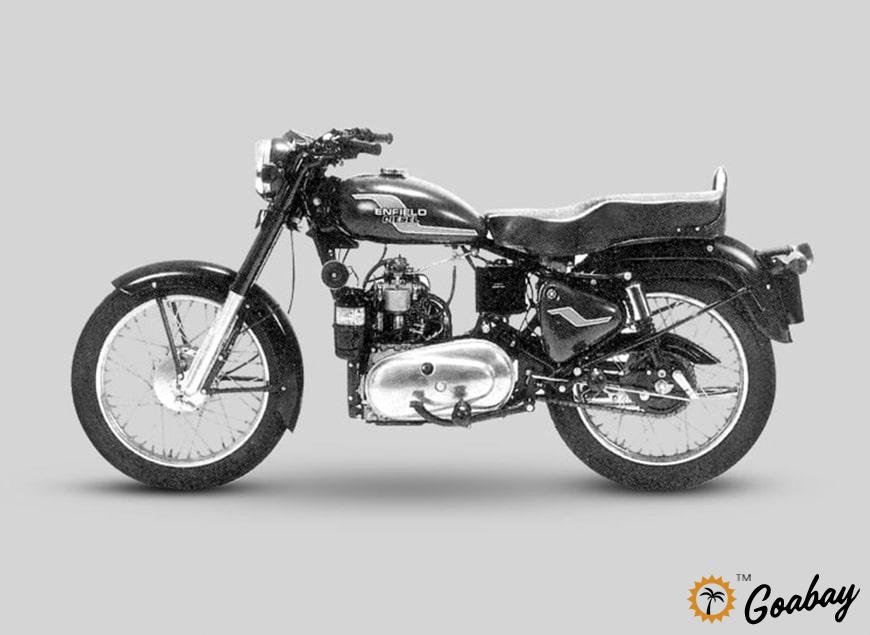
Modernity
In the 1990s, the company faced financial difficulties, but thanks to new management and strategic reorientation Royal Enfield was able to overcome the crisis. In 1994, Indian automobile giant Eicher Motors acquired Royal Enfield, which was an important milestone in the company’s history. Since then, the brand has been actively developing, updating its classic models and introducing new technologies.
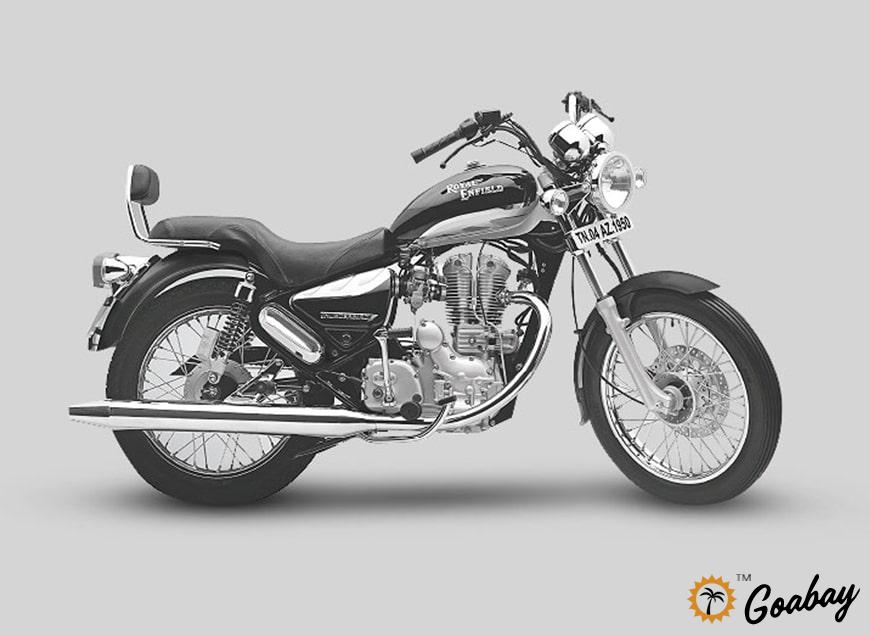
2002. The Thunderbird, a stylish cruiser, has been launched. It features the first 5-speed gearbox used on Royal Enfield motorcycles since the 1960s. Over 1,000 Royal Enfield motorcycles of all ages descend on Redditch for the Royal Enfield Owners Club’s ‘Redditch Revisited’ event.
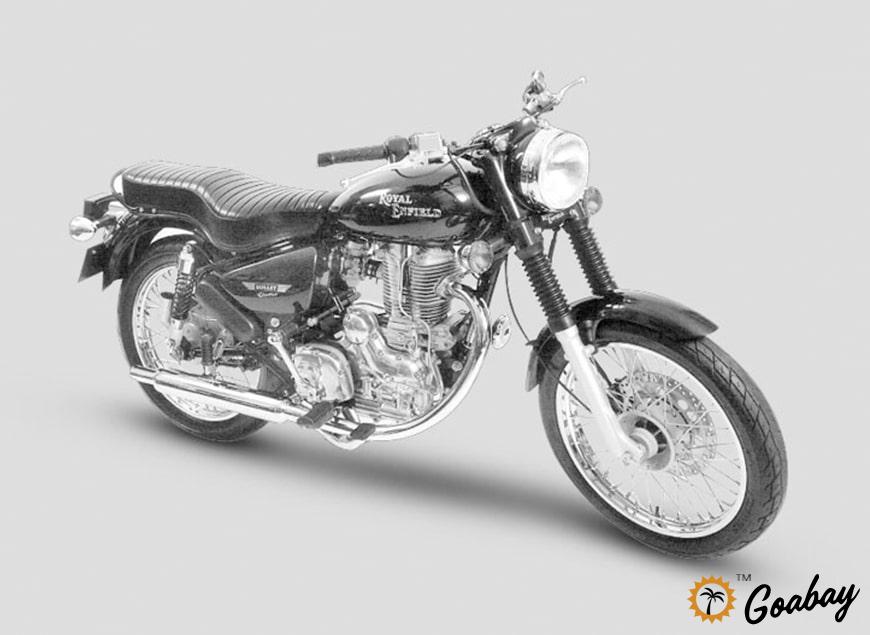
2004. Electra X, an export Bullet with a 500cc version of the all-alloy lean-burn engine, goes on sale. The retro-styled Bullet Machismo model becomes the No. 1 Cruiser in the TNS Autocar poll.
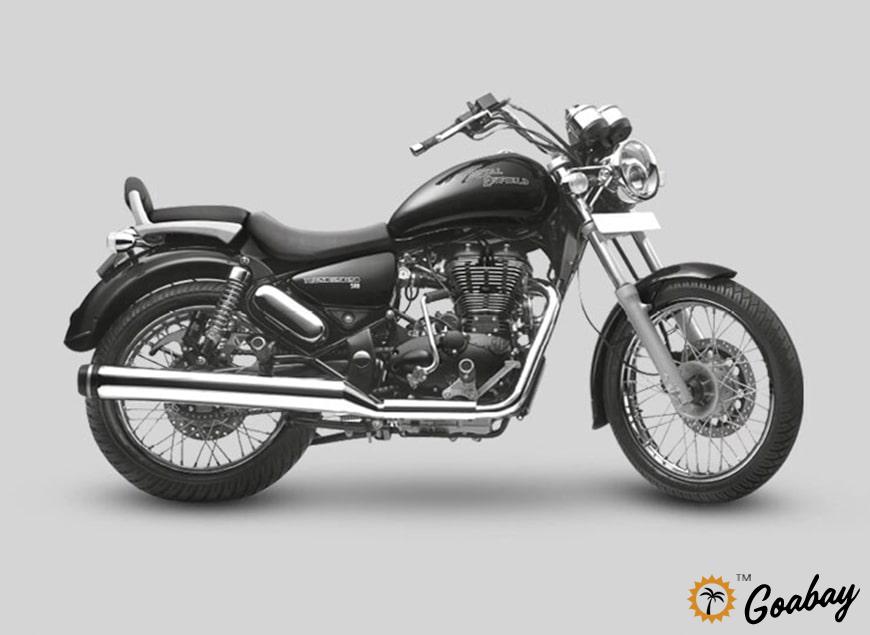
2012. Royal Enfield launches its first road cruiser, the all-black Thunderbird 500. Work at the new Oragadam plant continues in full swing and the Tiruvottiyur plant sets a new production record with 113,000 motorcycle sales.
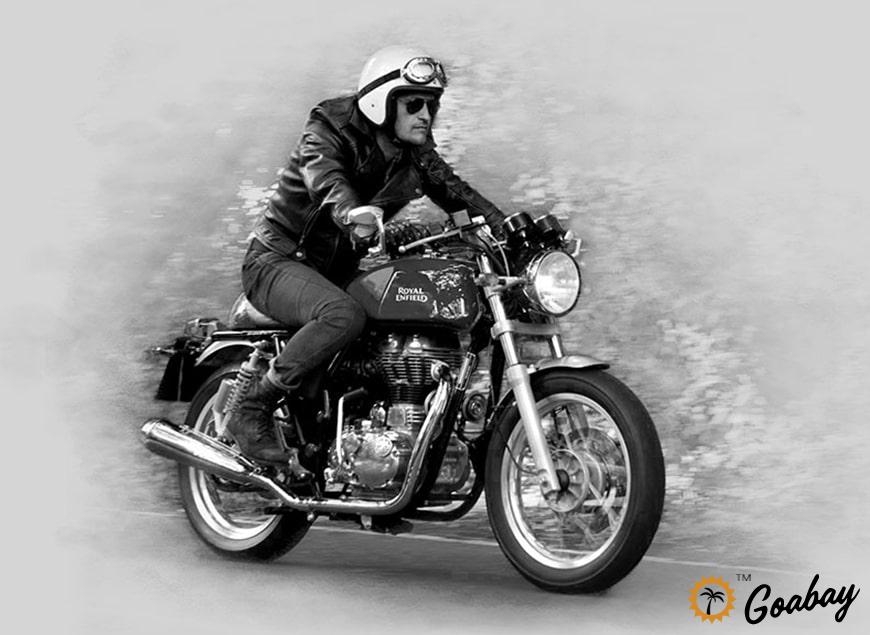
Forty-eight years after the first production café racer style motorcycle was created, Royal Enfield launches the all-new Continental GT. Featuring a Harris Performance-designed cradle frame and a 535cc UCE engine, this new café racer becomes the starting point for numerous custom builds.
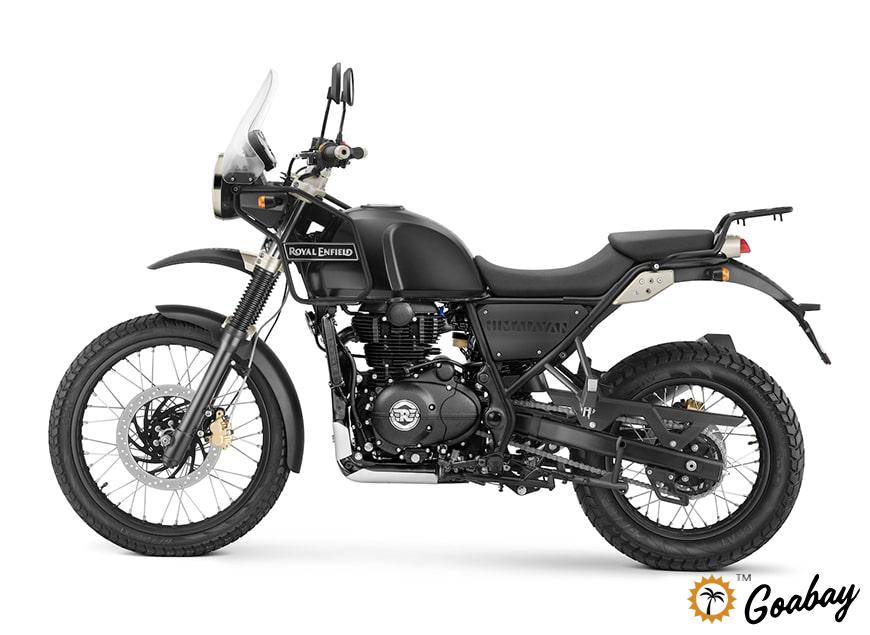
2016. Royal Enfield debuts the Himalayan, its first adventure motorcycle. With an all-new 411cc SOHC engine and long-travel suspension, it is designed to give adventurers the right tool for all roads and no roads.
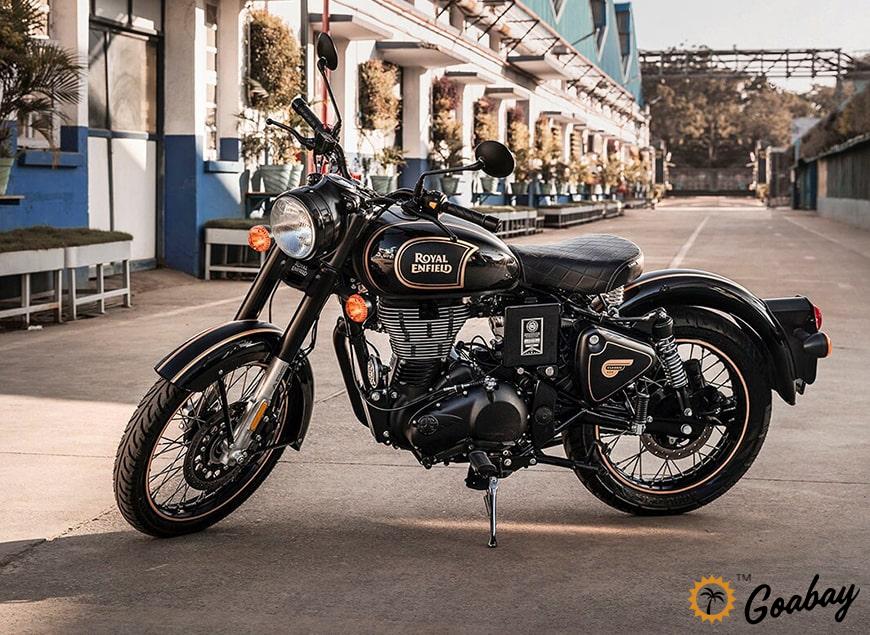
2020. Production of the 500cc UCE engine is coming to an end. Its swan song is the limited edition Classic 500 Tribute Black. The new Royal Enfield CKD assembly line is inaugurated in Buenos Aires, Argentina. Argentine President Alberto Fernandez attends the opening ceremony.
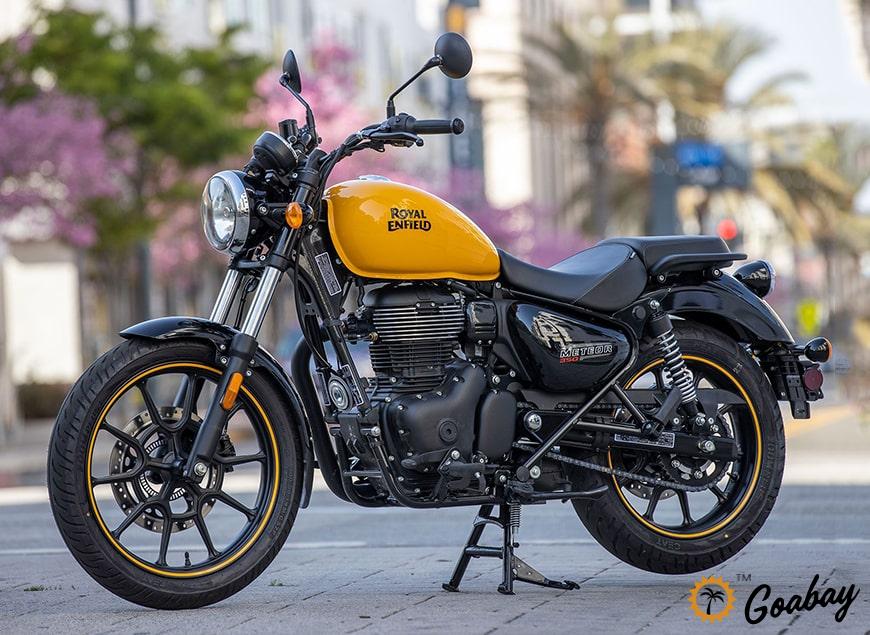
A unique Make-It-Yours (MIY) motorcycle personalization initiative has been launched. Customers can configure their motorcycle when booking through the Royal Enfield App, on the website or in-store. The Meteor 350 cruiser is introduced in India and has received great acclaim. It features an all-new chassis and engine, as well as the new Royal Enfield Tripper navigation device.
Legacy and future
Today, Royal Enfield continues to attract the attention of motorcyclists around the world by combining vintage design with modern technology. Models such as the Classic 350, Himalayan and Interceptor 650 have become symbols of style and reliability. Royal Enfield not only maintains its traditions, but also strives for innovation, constantly expanding the range and improving the quality of its motorcycles.
Royal Enfield is not just a brand, it is an era in the history of motorcycles, a symbol of freedom and adventure on the roads of the world.
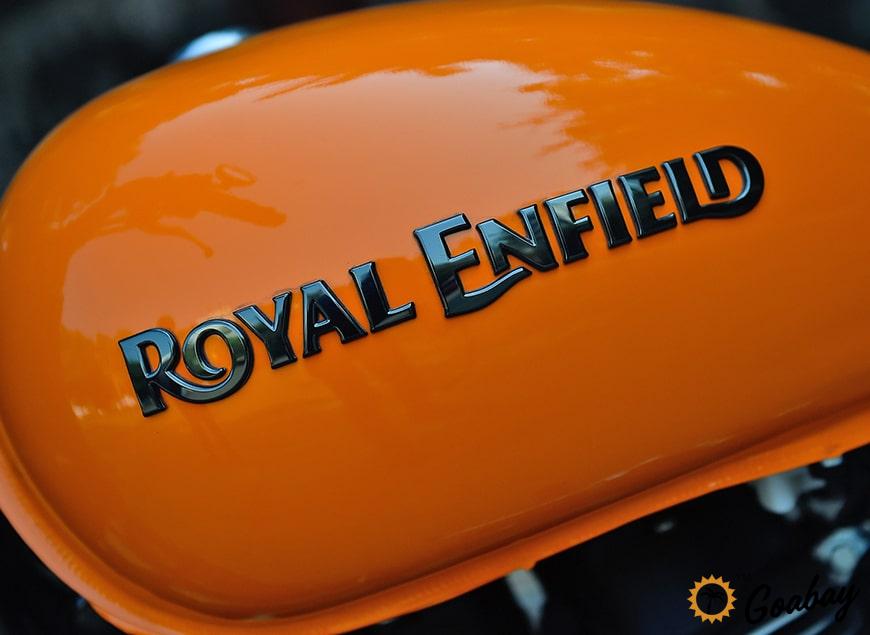




It is remarkable, this rather valuable opinion